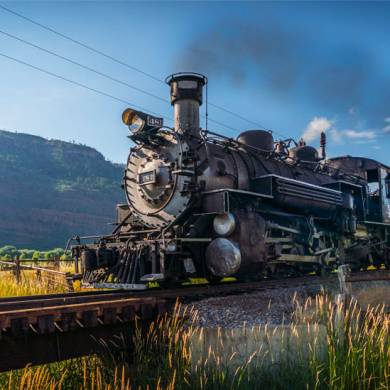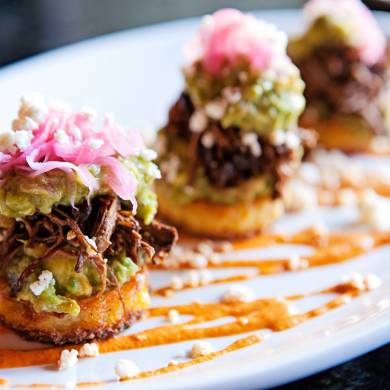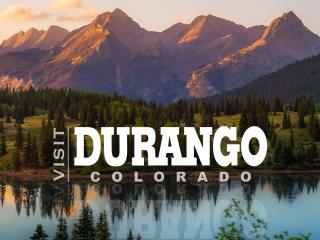How to Pack for a Backpacking Trip
Packing for your next big trip is an important and enjoyable part of the preparation process. It helps you plan your goals, familiarize yourself with your gear, and sometimes indulge in some new purchases. So, we will discuss what you should consider when creating your list of needed gear and how you should go about packing it all.
How you pack your items makes a big difference in your experience.
Read on to learn how to strategize your packing list and best arrange your bag for a backpacking trip around Durango, Colorado:
Weigh the Essentials: Don’t Overpack
Keeping your total bag weight down is one of the best things you can do to ensure a good trip. A heavy pack will make the entire journey a struggle.
If you do not already know your own carrying limits, the general rule is to carry no more than 20% of your own body weight.
For example, a 200lb person should not have more than a 40lb bag. This leaves plenty of room for most trips as long as you plan carefully.
There is a point of diminishing returns when pursuing a low bag weight though.
Do not sacrifice necessary items or settle for lighter-but-flimsy products that will not withstand your specific journey.
Bottom of Pack Items (Items You Won’t Need Before Making Camp)
There are lots of softer bulky items you will not need throughout your day, such as heavy layers, a sleeping bag, compressible sleeping pad, or camp shoes. Pack these at the bottom of your bag.
They make for softer contact on your lumbar, and other items above help compress them down.
Larger bags sometimes have a divided sleeping bag compartment at the bottom with direct access.
Center of Pack Items (Heavy Gear You Won’t Need While Hiking)
It is best to keep the heaviest and most solid items close to your mid-back, creating a well-balanced center of gravity.
Stash your cooking kit/stove, a bear canister full of food, water bladder, and similarly dense items right in the middle of the main compartment of your bag right up against your back.
Top of Pack Items (Larger Trail Essentials)
After that, you should still have plenty of room inside your main compartment on the top and front. Here is where you place the rest of your medium-sized items.
It is best to leave certain items for the very top, like your water filter/purifier, first-aid kit, portable shovel, and toilet paper/kit, and put the rest of your clothes/jacket, fire kit, book, and other stuff in below.
Accessory Pockets
Your bag will have some external pockets on the sides, hip straps, a top lid, and/or a big stuff pocket on the front face. These are great to keep your most commonly needed items or anything you want readily accessible.
Your map, compass, GPS/phone, snacks, flashlight/headlamp, knife, bear spray, and first aid kit should all go in the lid or hip pockets. A light extra layer or rain jacket can be stuffed down into the face pocket.
Those deep side pockets are perfect for essentials like tent poles and a water bottle. Some luxury items like trekking poles or small camp stools (if you have them).
Find a good secure spot to store things you won't use but do not want to lose track of (e.g., car keys, money, I.D.). Many bags have places specifically for these.
Loops and Latch On Points
You can attach a variety of accessories to the outside of the bag with carabiners and loops/daisy chains. Crampons, collapsible trekking poles, climbing rope, empty water bottle, poncho/rain-cover, rope, and any wet clothes or shoes can all be lashed to the outside.
Stash that roll-up/folding sleeping pad on the bag’s bottom straps to keep it out of the way.
Finally, make good use of those compression straps. They help ensure everything is tight and unable to shift around while you walk.
Conclusion
If you find you are running out of space or carrying too much weight, see if other members of your party can take on a little bit more.
Distributing shared items like components of tents or cooking supplies is a great way to port gear.
We hope this guide provided you with new tips for you to try as you prepare for your own backpacking trip around Durango, Colorado.





